For decades, the legend of the Biola Egg has captivated the imagination of students. However, few among us have yet dared to guess the true nature of the supposed “ball of concrete.” In fact, it is no ball of concrete. It is the unborn inheritor of the role "legendary guardian" of campus.
As we can see by this photo taken by Biola's SGA, the supposed "concrete pill" has a distinctly egg-like crack on it. Furthermore, in the background, one of the birds looks suspiciously large, with a long tail. While it is possible that a hawk might simply be carrying something in tow, the size of the silhouette indicates that a griffin still remains a valid option.
It is suspected that the initiators of the Biola Egg were in fact griffin caretakers. They understood the importance that a) a griffin’s egg needs to be exposed to different territories in order to enlarge it’s adult habitat and b) it must be kept within a certain vicinity in order to allow the mother to keep tabs on it all the time.
Therefore, it makes sense that the original rules were as follows, as provided by Bryant Swenson:
“Part of the tradition of the Egg was that it had to stay in the city limits of La Mirada and be stored in a public place. A public appearance of the Egg was required at least once a month. It was hidden in Neff Park at times and occasionally at Jack Cedarholm’s (’69) uncle’s house, just a few blocks from the school.”
It’s clear that the original founders of the egg tradition were not simply creating a fun game for the students, but actually doing their best to protect the Biola Griffin.
The original egg was donated to Biola by Robert E. Welch, for whom the Robert E. Welch scholarship is named. The egg was donated under the alias of an "ovoid wrecking ball," but when the photo is analyzed, the familiar egg like crack is again apparent.
There were in fact rumors that the Biola egg was for a time kept in a safe in a bank, which would have, of course, been extremely unhealthy for the egg. However, it has become public knowledge that the photo of the bank was staged, but featured the real egg.
The photo becomes valuable when closely examined: The egg’s signature crack has expanded. This falls in line with one of the singularities of griffin eggs: the enormous amount of time from the point at which the first crack appears to when it finally hatches. A chicken egg only takes roughly 12-18 hours, though can take as long as 48 hours. A griffin egg, however, is estimated to take between twenty years and fifty years. The chick inside begins the breaking of its shell early in the process, because of the incredible strength of the shell.
The class of ’70 apparently found a tip that the egg was being held in a garage in Yorba Linda. They successfully stole it out of the garage, and published a poem in the campus paper, an excerpt provided here below:
We know how bad you feel,
Since the big Egg we did steal.
So we give this small one back,
It even has the crack.
Here, then, is our proof. The poem, provided by Dave Beckwith, clearly demonstrates the the egg, even back in the 60s, had a crack.
One of the traditions of the egg that has sadly been lost to history was the necessity that the egg be displayed on campus once a month to at least half of the student population. This resulted in several ludicrous situations. Don Hoffman recalls when he and a group of his friends wheeled the egg through chapel on a hand truck, resulting in a mass exodus of students in pursuit, much to the confusion of the poor guest speaker.
There are numerous accounts of egg car chases, one of a fire truck ride, and even rumors of the egg being dangled from the helicopter. As for the helicopter ride, the rumors have finally been confirmed through extensive searching in the Biola University Special Archives.
Biola, back in the 60s, was still a college, not a university. This photo not only captures the helicopter's flight over campus dangling the egg, but also captured the griffin's shadow, presumably in pursuit. Very little is known about the photographer, or the organizers of the griffin egg's premature flight.
After many years of the egg disappearing, in 2009 it re-emerged on the doorstep of Dr. Barry Corey's office, bearing the words “The Order of Sebaste.” This egg was not the original giant egg of the 60's. It wouldn't make sense if it had been –– that egg would have of course hatched. The current egg, more Tylenol pill-shaped, is speculated to be the egg laid by the now hatched griffin.
Experts have speculated as to the new shape of the egg –– some theorize that griffin eggs have a large spectrum of sizes, while others claim the griffin was forced to mate with an eagle, and will only regain its former size if the next griffin mates with a lion.
Today, the dorm Hart has become deeply associated with the egg, spurring the nickname "the Hart Egg" in place of the Biola Egg. The dorm floor, Haven, is largely responsible for the maniac drive for the egg, stopping at nothing to obtain the griffin egg. Recent controversy involves whether or not SGA should monitor the egg, finally resulting in the abolishment of spirit points and the releasing of the egg to the unmonitored population.
Haven pulled off another successful egg-napping the fall of 2015, and painted the signature orange of Hart, with a silhouette of Margaret Hart painted in white. The egg, however, still has the crack that distinguishes as a genuine griffin egg.
At one point, there was a slight scare when it appeared as though the dorm, Horton, had discovered the egg, but the photo was quickly proved to be photoshopped, and badly photoshopped as well.The egg is off color from the rest of the photo, and is badly cut out and placed in the photo. It's even oddly placed over one of the student's hands. The image of the egg was obviously stolen from a Hartian's photo, and sports the signature crack.The griffin itself has had its own sightings on campus. Ian Spears, a facilities worker, reports that "he saw it while driving a tiny truck in between Alpha and Sigma." He reports that it was of "uh, goldish color."
The Biola Tiny Truck's Instagram page had an interesting detail in one of the photos:

Laurel Henderson, the daughter of one of Biola's professors, has had numerous encounters with the griffin. Featured here, never seen before by the public, is a detailed drawing of what the griffin looks like.
1. The egg must be on campus on public property. No hiding the egg in dorms.
2. The egg must be displayed to half the student population every month, or when the egg changes ownership.
As a Hartian and a Biolian, it is with great pride that I share my campus with a griffin and its egg.




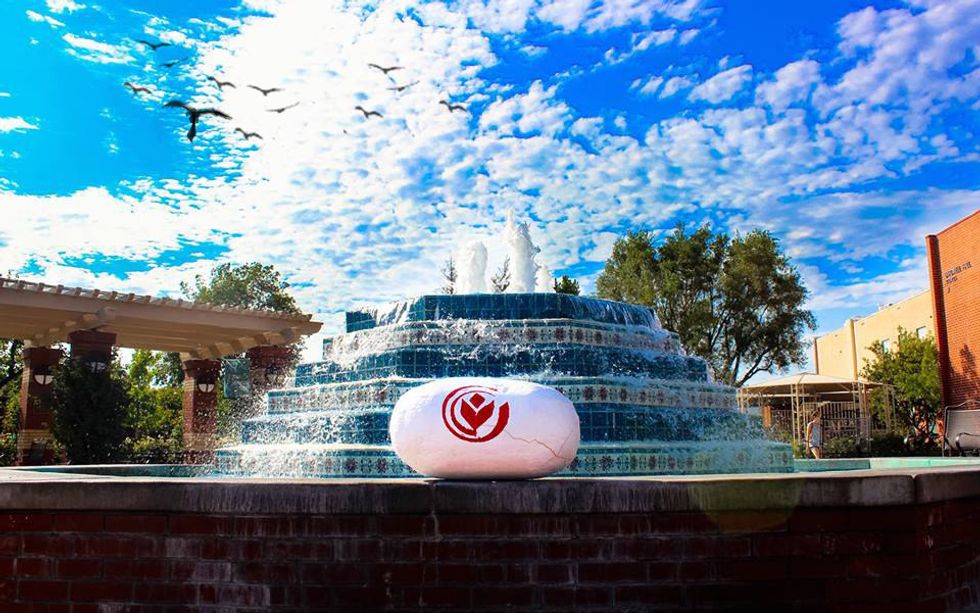
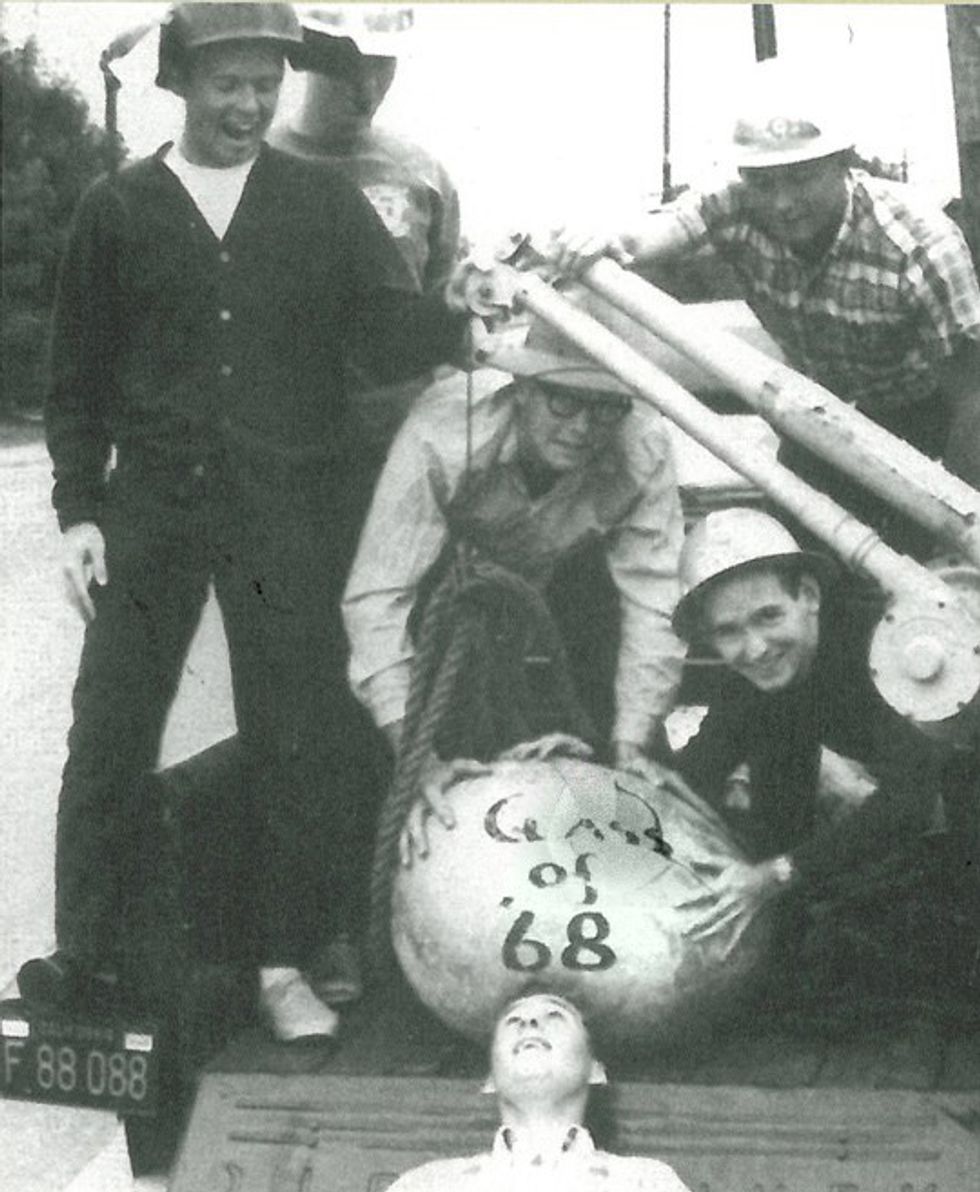
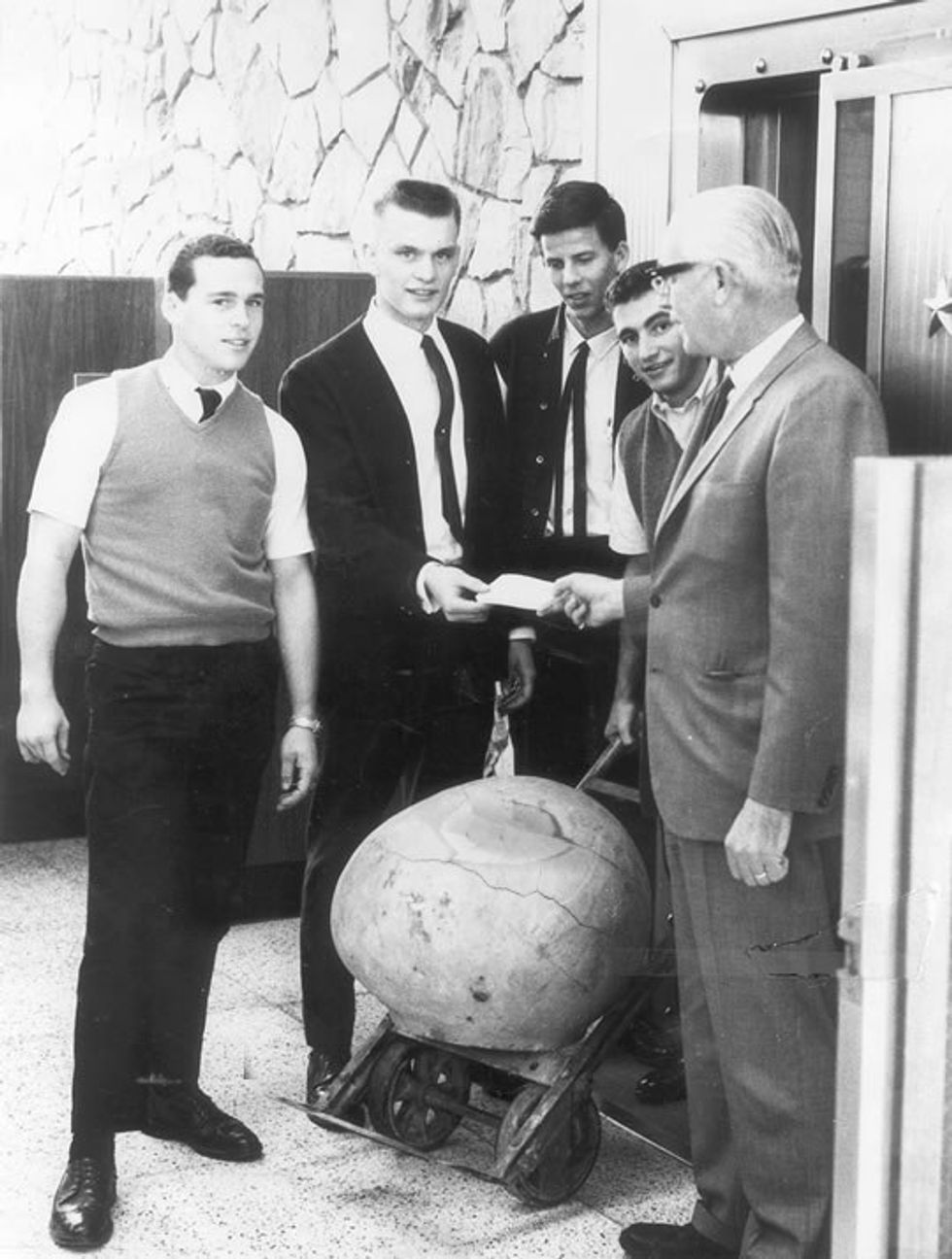
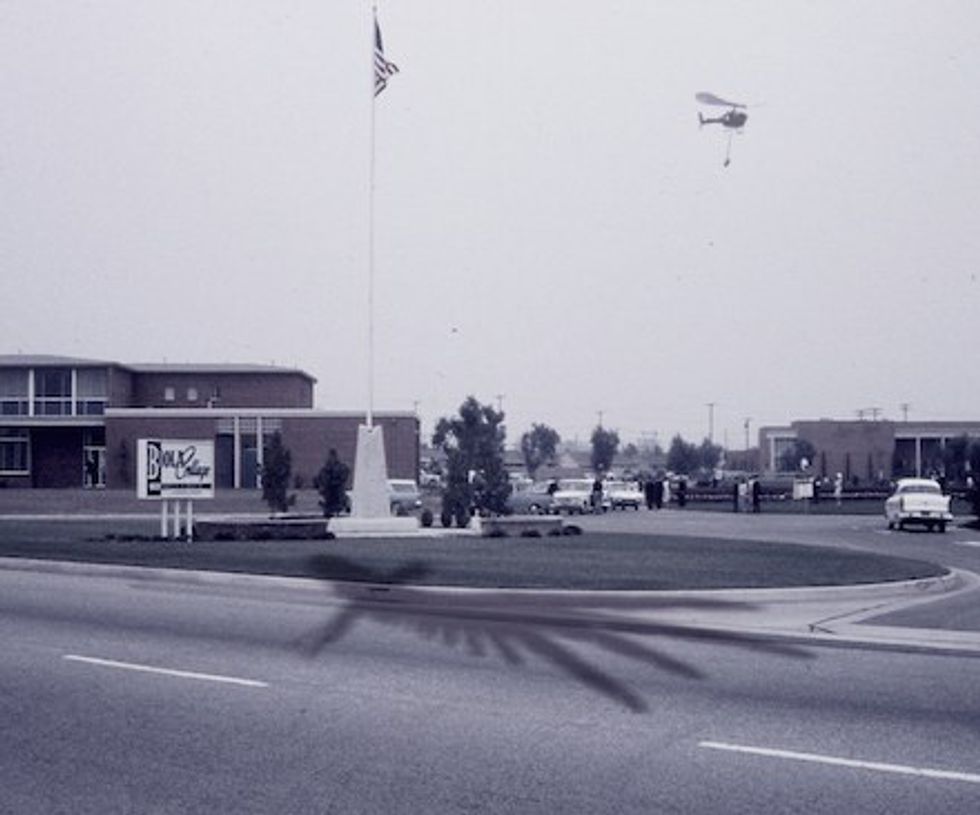

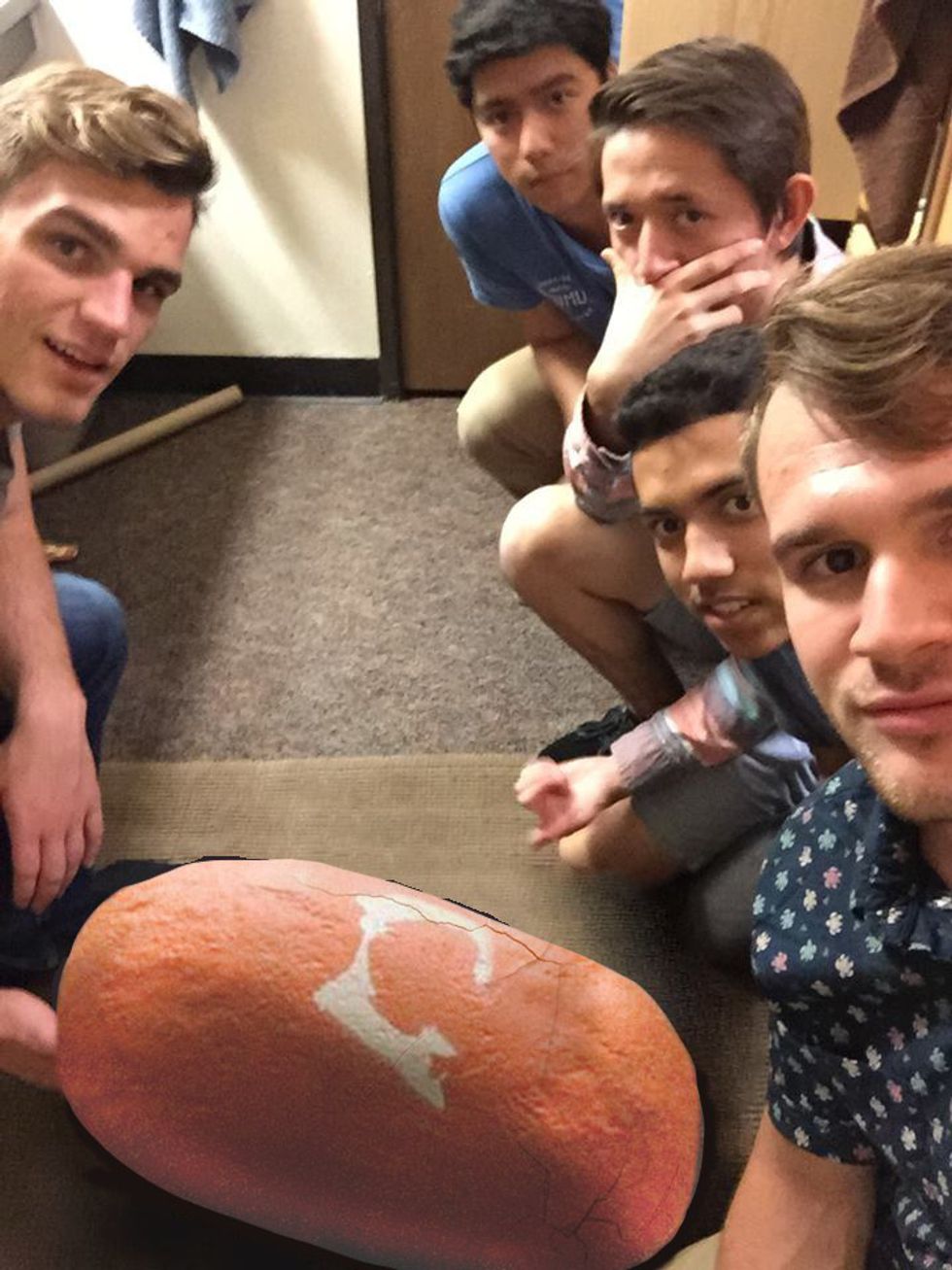
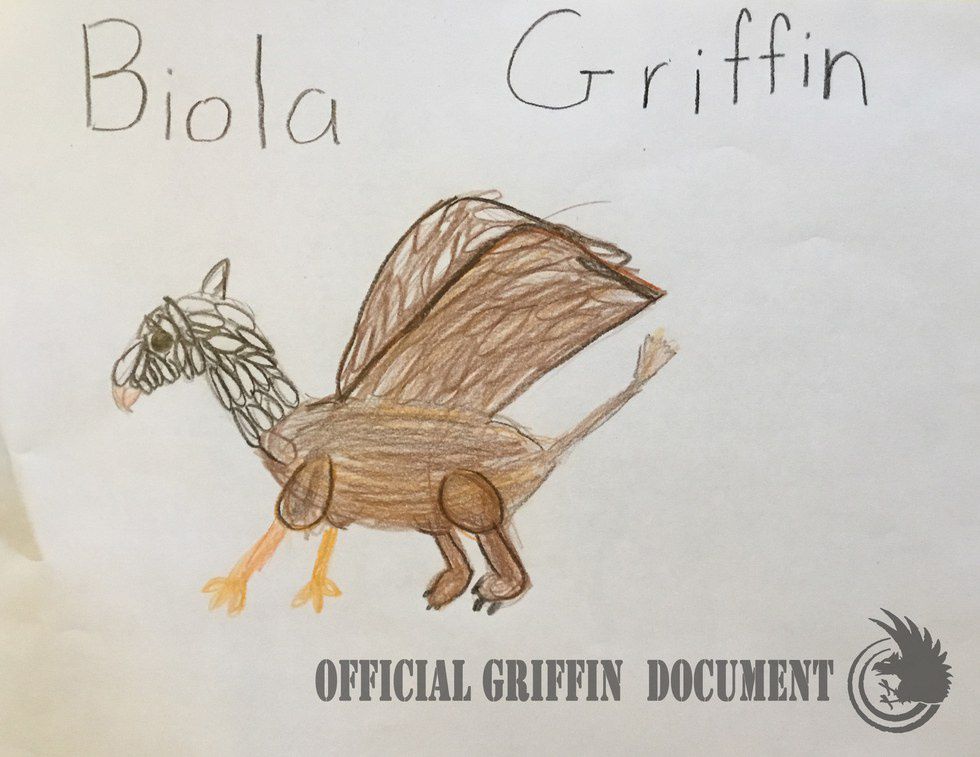


 Energetic dance performance under the spotlight.
Energetic dance performance under the spotlight. Taylor Swift in a purple coat, captivating the crowd on stage.
Taylor Swift in a purple coat, captivating the crowd on stage. Taylor Swift shines on stage in a sparkling outfit and boots.
Taylor Swift shines on stage in a sparkling outfit and boots. Taylor Swift and Phoebe Bridgers sharing a joyful duet on stage.
Taylor Swift and Phoebe Bridgers sharing a joyful duet on stage.













